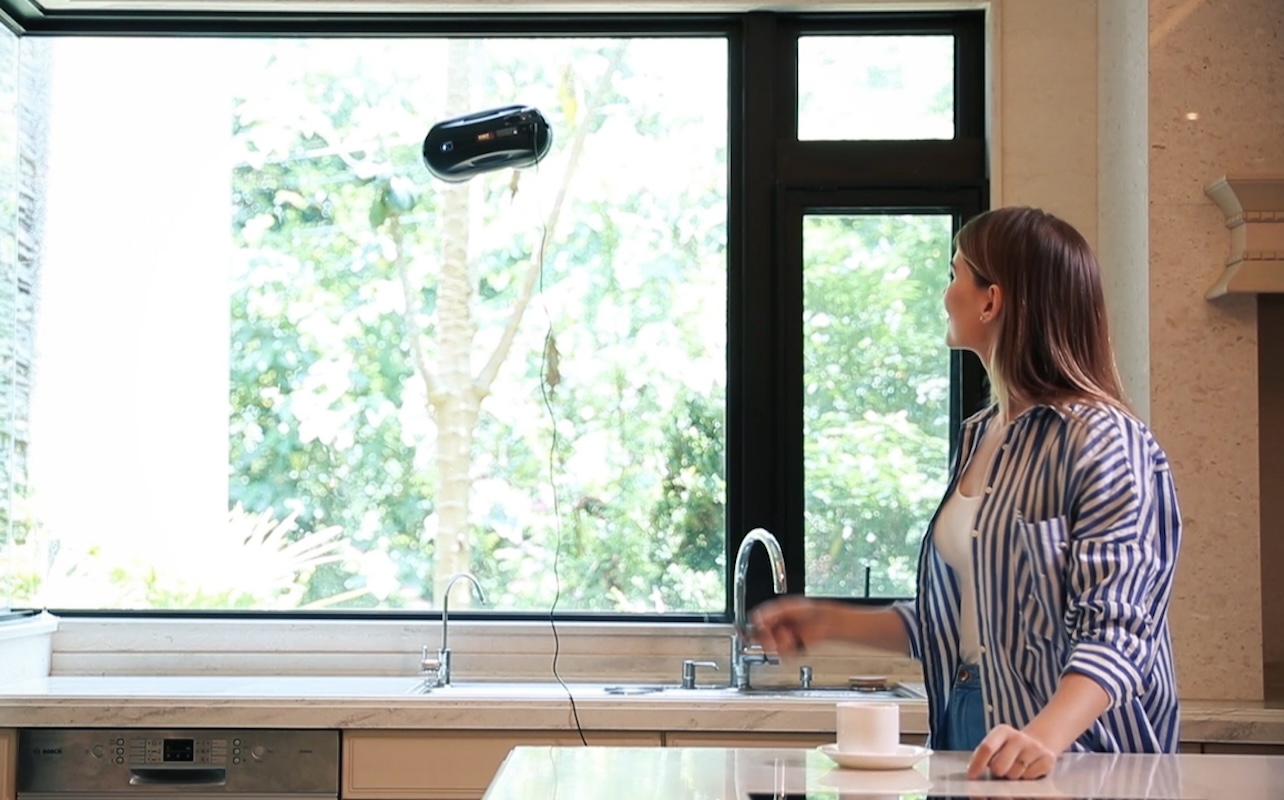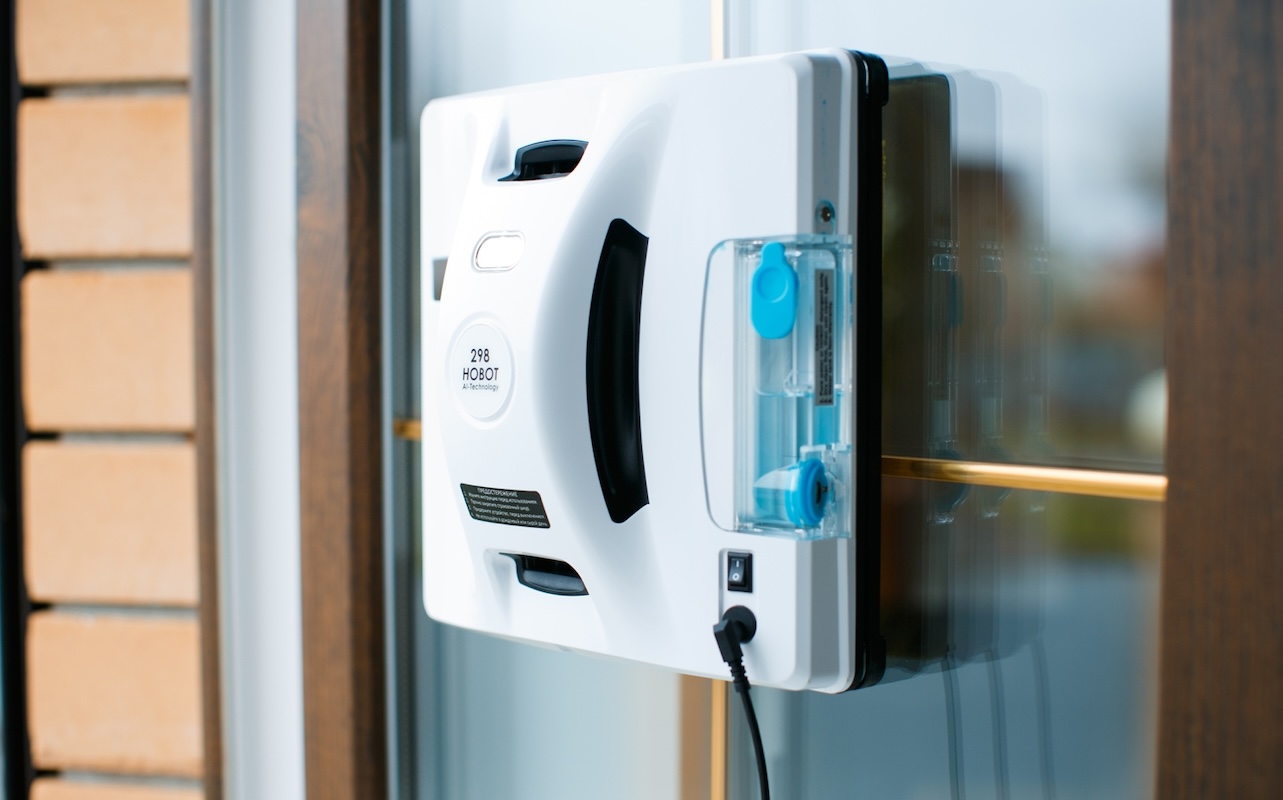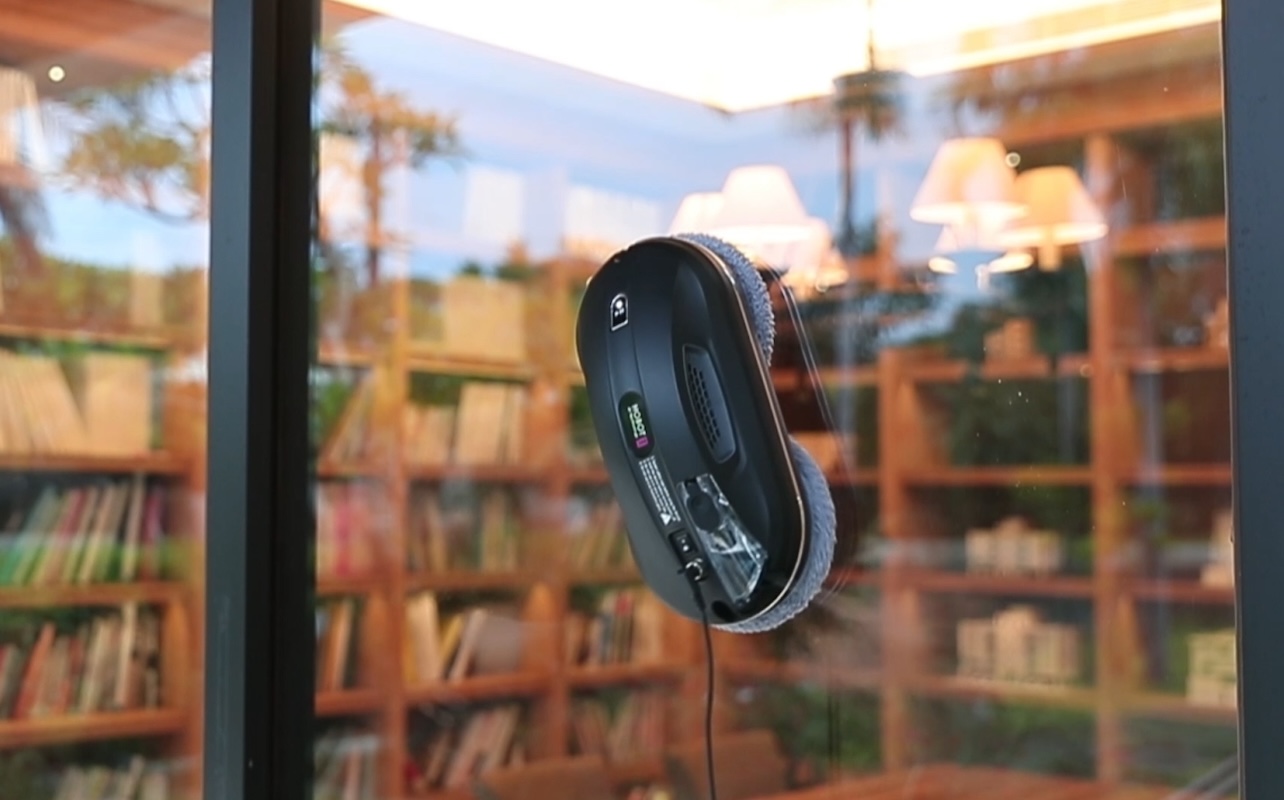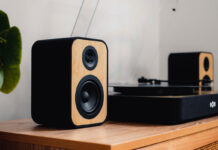
Let’s face it—cleaning windows isn’t anyone’s favourite chore. Between lugging around buckets, reaching awkward corners, and dealing with streaks that refuse to go away, it’s a task many of us put off for as long as possible. If your home or office has large windows or hard-to-reach glass panels, the job gets even more difficult—and, in some cases, unsafe.
Enter robotic window cleaners—smart devices that are revolutionizing the way we keep our windows sparkling and streak-free. Offering a hands-free, efficient solution, they take the hassle out of one of the most dreaded household chores. Whether you’re a homeowner tired of climbing ladders or a busy professional looking to simplify your routine, a robotic cleaner turns window washing into a simple, set-it-and-forget-it task.
How robotic window cleaners work
There’s some pretty fascinating engineering behind robotic window cleaners’ abilities. Here’s a quick breakdown:
- Suction technology: They use powerful suction fans to stick securely to your windows, allowing them to clean vertical surfaces without falling.
- Navigation systems: Built-in sensors and AI help them map the surface, avoid obstacles, and plan an efficient cleaning route.
- Cleaning mechanisms: Most models use rotating or vibrating microfibre pads to scrub away dirt. Some also have spray systems for even better results.
- Hands-free operation: After setup, the device does all the work for you, and many models offer app controls or smart home compatibility for added convenience.
Benefits of robotic window cleaners
Robotic window cleaners are not only innovative but also incredibly practical. Their growing popularity stems from the real-world benefits they bring to everyday cleaning routines.
They save you time and effort

One of the biggest perks of robotic window cleaners is convenience. Just attach the cleaner, press start, and let it work while you focus on other tasks. They are especially helpful for homes with lots of glass surfaces, cutting cleaning time dramatically and keeping windows spotless with minimal effort.
They improve safety
Cleaning high or hard-to-reach windows often involves dangerous ladders or scaffolding. Robotic window cleaners eliminate that risk by securely attaching to vertical surfaces, using suction sensors and backup batteries to stay in place even during power interruptions.
They deliver high-quality results
With consistent pressure and smart navigation, robotic window cleaners leave glass surfaces streak-free and sparkling. Advanced models with dual-pass cleaning or vibration modes tackle even stubborn grime for a professional finish every time.
Top features to look for in a robotic window cleaner
If you’re considering investing in one of these smart window cleaning devices, it’s important to know what features make a difference. Not all window cleaners are created equal, and choosing the right one can enhance your overall experience.
Here’s a quick list of features you may want to look for:
| Feature | Why it matters |
|---|---|
| Battery life | Determines cleaning range per session |
| Navigation system | Ensures full window coverage and prevents accidents |
| Cleaning modes | Offers control based on window type and dirt level |
| Spray function | Delivers deeper cleaning for streak-prone glass |
| Safety tethers | Provides extra protection on high windows |
Battery life and power options
Some robotic cleaners operate via a direct power cord; others come with rechargeable batteries. Battery-powered models offer more freedom, especially for outdoor or hard-to-reach spots without an outlet nearby. However, they may not be the best window cleaners for properties with a lot of window space, as they’ll need to charge in between cleans. For the average home, look for a device with at least 30–60 minutes of battery life to ensure it can finish a full cleaning cycle.
Smart navigation and safety features
When it comes to robotic window cleaners, navigation and safety are key. Advanced models use AI-powered sensors to map the window surface, detect edges, and plan the most efficient cleaning path. Features like anti-fall sensors and edge detection are especially important for frameless glass or large panels, helping prevent accidents during operation. Many devices also include safety tethers, providing an extra layer of protection when cleaning upper-storey windows.
Cleaning modes and compatibility
Not every window requires the same level of cleaning. If you want more options, look for a device with multiple cleaning modes like quick clean, deep clean, or spot clean. They’ll give you the flexibility to tailor your cleaning process based on your needs. In addition, different models of cleaners may have different surface suitabilities, so make sure the one you select will work well with the features of your home. For instance, devices may or may not be optimized for things like framed windows, frameless glass, sliding doors, or tiled walls. If you have different types of surfaces at home, choose a model that can adapt to meet your needs.
Wet cleaning vs. dry cleaning
Some robot cleaners are designed for dry wiping only, while others can spray cleaning fluid during operation. If you’re aiming for the best results using a wet cleaning process, choose a model with built-in fluid reservoirs or one that comes with a compatible spray system. This makes the cleaning process more efficient and ensures that stubborn stains are properly removed.
Final thoughts: Is a robotic window cleaner right for you?

Robotic window cleaners are a game-changer for anyone tired of spending weekends scrubbing glass. They save time, improve safety, and consistently deliver clean, streak-free windows with minimal effort. While the initial investment may seem steep, the long-term benefits in convenience and peace of mind are hard to beat.
Ready to upgrade your cleaning game? Check out robotic window cleaners at Best Buy Canada to find a smart window cleaning solution that fits your lifestyle and budget.
Frequently asked questions
Are robotic window cleaners safe to use on all types of windows?
No. Most robotic window cleaners are designed for smooth, flat glass surfaces and work well on framed or frameless windows, sliding doors, and even mirrors. However, not all models are designed to be used on windows with small panes, heavy grilles, or textured glass. Always check the manufacturer’s guidelines for compatibility before purchasing.
Can these cleaning devices be used on outdoor windows?
Yes, many models are built to handle both indoor and outdoor cleaning. For outdoor use, it’s important to choose a unit with weather-resistant components and a strong safety tether. Make sure the glass surface is relatively clean of debris before attaching the device to prevent scratching.
What happens if the power goes out while the cleaner is in use?
Well-designed robotic cleaners come with a built-in backup battery that kicks in if power is lost. For window cleaners, this battery allows the device to stay suctioned to the glass and safely return to its starting point or pause operation until power is restored.
How do I clean and maintain a robotic window cleaner?
Maintenance on robotic cleaners is straightforward. After each use, remove and wash the microfibre pads—most are machine washable. Let them air dry fully before storing or reinstalling them, and wipe down the device’s sensors and suction area with a soft cloth to prevent dust build-up. Always store your unit in a dry location and follow your device’s user manual for any specific upkeep.
This article was drafted using AI technology and then reviewed, fact-checked, and revised by a member of our editorial team.





